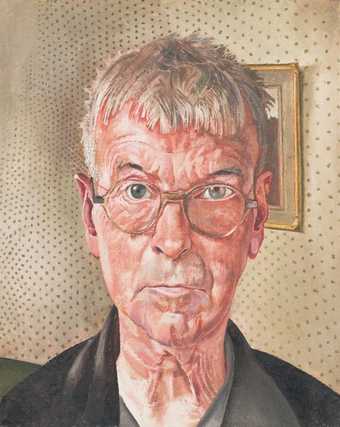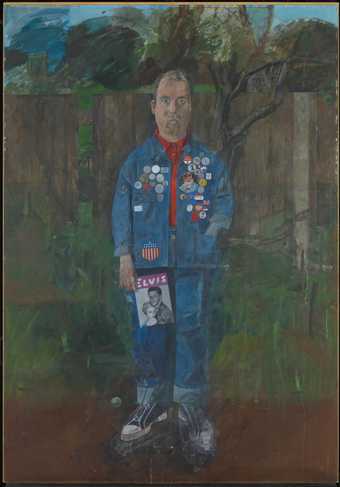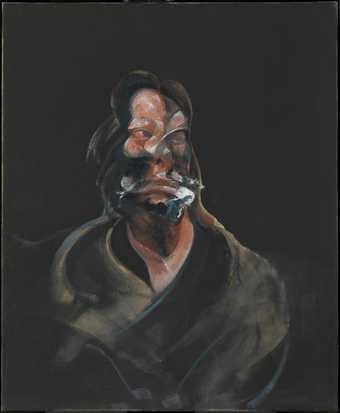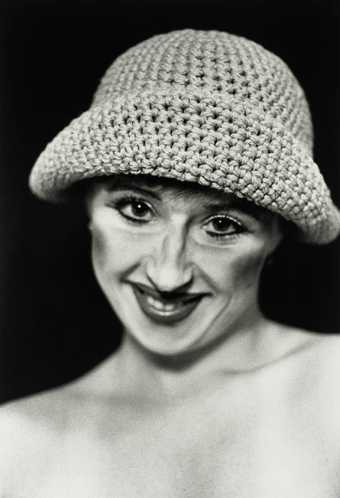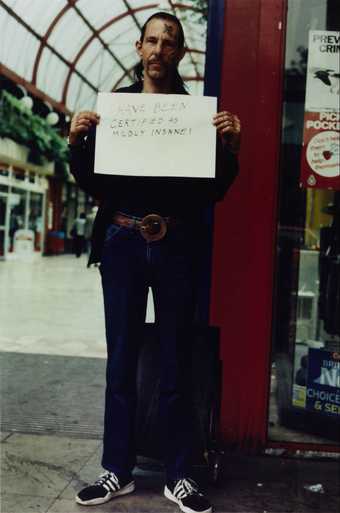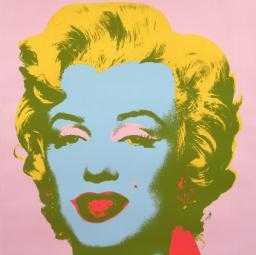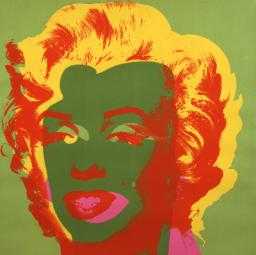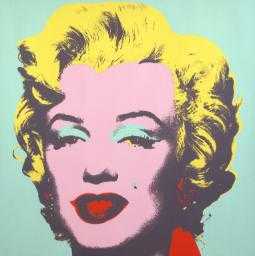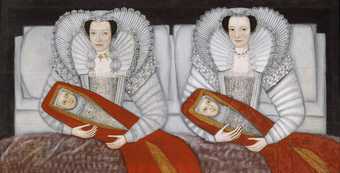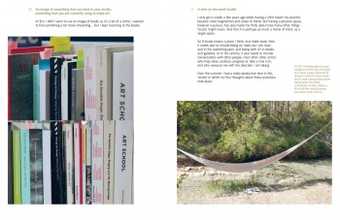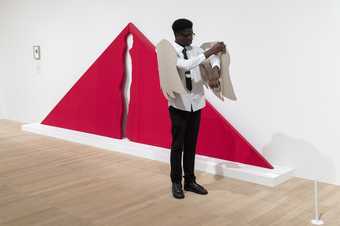Self-image is the conception of oneself or a sense of one’s worth. But what defines a good and a bad self-image? Do adults and children have different kinds of self-image? Is it possible for an artist to represent the self-image of their sitter?
From youth to old age
We all change as we age, and with that our image of ourselves may also shift and alter. Growing up can mean a period of physical and emotional development. Adolescence can often be an awkward phase for a teenager’s self-image. Growing up can mean a period of physical and emotional development. Ron Mueck’s Ghost 1998 is a sculpture of a young girl in a bathing suit. Her limbs are very long and her head appears the wrong size compared to the rest of her body. This image reflects the uneasiness of an adolescent.
Age often impacts on a person’s self-image. John Coplans Self-Portrait (Hands Spread on Knees), 1985, focuses on details of the artist’s body, celebrating his wrinkles and lines. The artist clearly isn’t afraid to present his ageing body.
Does people’s self-image change or improve as they get older? Sir Stanley Spencer’s self-portraits from 1914 and 1959 show the artist in his youth and then shortly before his death. The paintings are an interesting comparison between strength and beauty associated with youth, and old age.
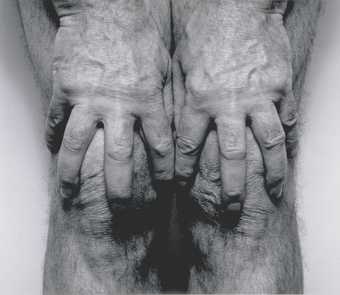
John Coplans
Self-Portrait (Hands Spread on Knees) (1985)
Tate
In the public eye
Celebrities and royalty often want total control over their public self-image. Is it ever possible to reveal the true self-image of someone who’s in the public eye? Andy Warhol’s Marilyn series explores the self-image of an actress and celebrity Marilyn Monroe. She was stereotyped as a ‘dumb blonde’ in film roles she played and by the public. Richard Hamilton's My Marilyn uses photographs of the actress Marilyn Monroe that she has marked to demonstrate her approval or disapproval. Hamilton described:
Marilyn Monroe demanded that the results of photographic sessions be submitted to her for vetting before publication. She made indications, brutally and beautifully in conflict with the image, on proofs and transparencies to give approval or reject; or suggestions for retouching that might make them acceptable.

Richard Hamilton
My Marilyn (1965)
Tate
Look at Marcus Gheeraerts II’s portrait of Lady Harington,1592. We see an Elizabethan lady dressed in finery holding an elegant string of pearls. Her status is clear in this detailed painting. She has the ideal self-image for someone from the Elizabethan upper class.
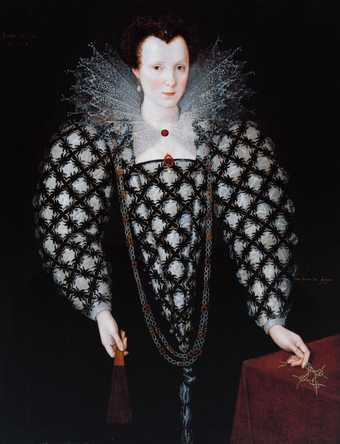
Marcus Gheeraerts II
Portrait of Mary Rogers, Lady Harington (1592)
Tate
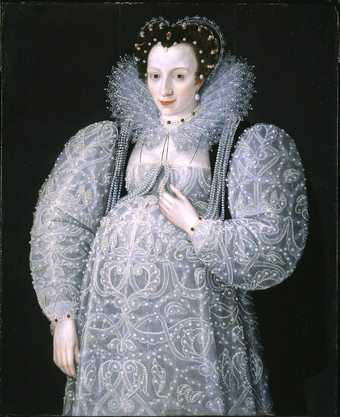
Attributed to Marcus Gheeraerts II
Portrait of an Unknown Lady (c.1595)
Tate
Do artists have the power to undermine or even ruin the self-image of famous people? Jim Dine’s Drag – Johnson and Mao1967, shows two famous political figures with make-up painted onto their faces by the artist. This sabotages their status as powerful world leaders.
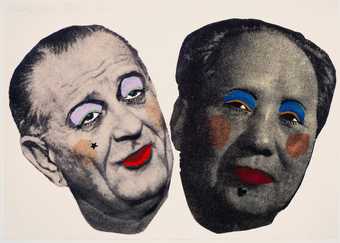
Jim Dine
Drag - Johnson and Mao (1967)
Tate
Self reflection
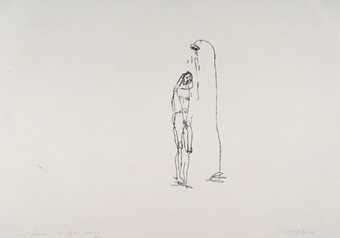
Tracey Emin
Sad Shower in New York (1995)
Tate
Some artists have explored the more negative, darker aspects of their self-image. Tracey Emin’s art is particularly self-reflective. Works like Sad Shower in New York 1995, reveal traumas and difficult times that the artist has encountered in her life. Sarah Lucas’s Portrait with Skull 1997, turns the traditional idea of women in art, into something aggressive and masculine.
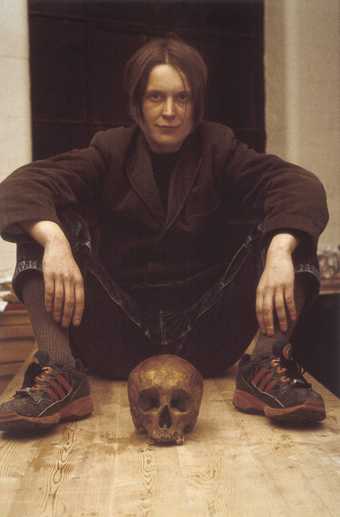
Sarah Lucas
Self Portrait with Skull (1997)
Tate

